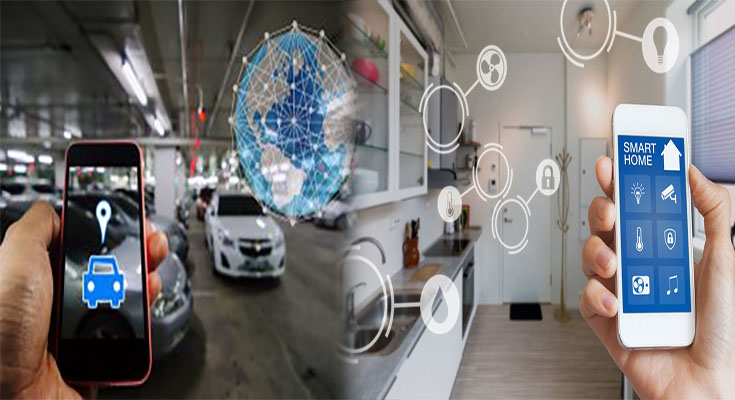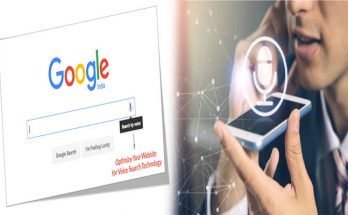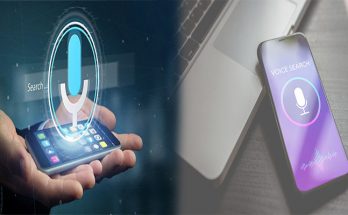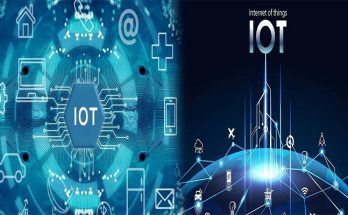If you’re a tech-savvy person, you may have heard about the various applications of the Internet of Things (IoT). You’ve probably also heard that these devices can help you keep track of things while they’re on the move. They can also help you detect threats to your business or premises. They can even help you find out what type of demand is prevailing at a particular location.
IoT devices can track items while they’re on the move
The IoT enables the connection of devices to one another to automate tasks, collect data, and track items. For example, it’s possible to monitor a baby’s condition remotely using a baby monitor. These devices allow you to see if your baby is breathing well, how long they’re sleeping, and their body temperature. This allows you to better care for your baby and keep them healthy and safe.
IoT devices can be controlled by smart apps. These apps receive input from various sensors and command various actuators. Examples of actuators and sensors include smoke detectors, motion sensors, and contact sensors. Most IoT devices also include wireless connectivity.
They can detect if there is a threat to the premises
The IoT is a series of devices that collect and transmit data. These devices can be found everywhere from cars to jet engines. One of the most common examples is your home. For example, your smart thermostat can detect if a child is in the house or if your door is locked. These devices also help businesses and organizations manage cybersecurity risks.
The IoT also helps government agencies monitor natural disasters. It can also help companies manage environmental regulations. It can also make buildings smarter, so you can avoid disasters and save money on energy bills. In addition, IoT helps utilities improve their energy grids.
They can improve the timeliness of order delivery
The IoT can help improve the timeliness of order delivery by providing valuable insights to the retailers. By implementing devices that monitor conditions in real time, retailers can optimize routes, reduce costs, and ensure a fast package delivery. Consumers expect to receive their packages in good condition when they order them, and the IoT can help retailers meet this expectation.
IoT applications can also help businesses better understand customers and their preferences. By integrating data from IoT into the supply chain, companies can provide personalized services and products that are more appealing to the individual. Using data from IoT devices to understand value chains and identify opportunities for improvement can also help companies deliver tailored experiences to consumers.
They can help retailers find the demand in their particular place
The use of IoT devices in retail commerce is not yet widespread, but there are some examples of the technology in everyday life. The Heatman is one example. The use of IoT in retail commerce is still relatively unexplored scientifically. A recent study by McKinsey estimates that automated checkout systems could cut the number of cashier positions by as much as 75%, saving retailers up to $150 billion to $380 billion a year. Retailers could also use these devices to improve their customer service and marketing strategies.
A long line at the checkout can discourage customers from purchasing. It can also frustrate managers, who may not want to pay multiple employees during busy shopping periods. In this case, an IoT system could be installed that reads tags on the items and tallys the items automatically, based on the mobile payment app of the customer.





